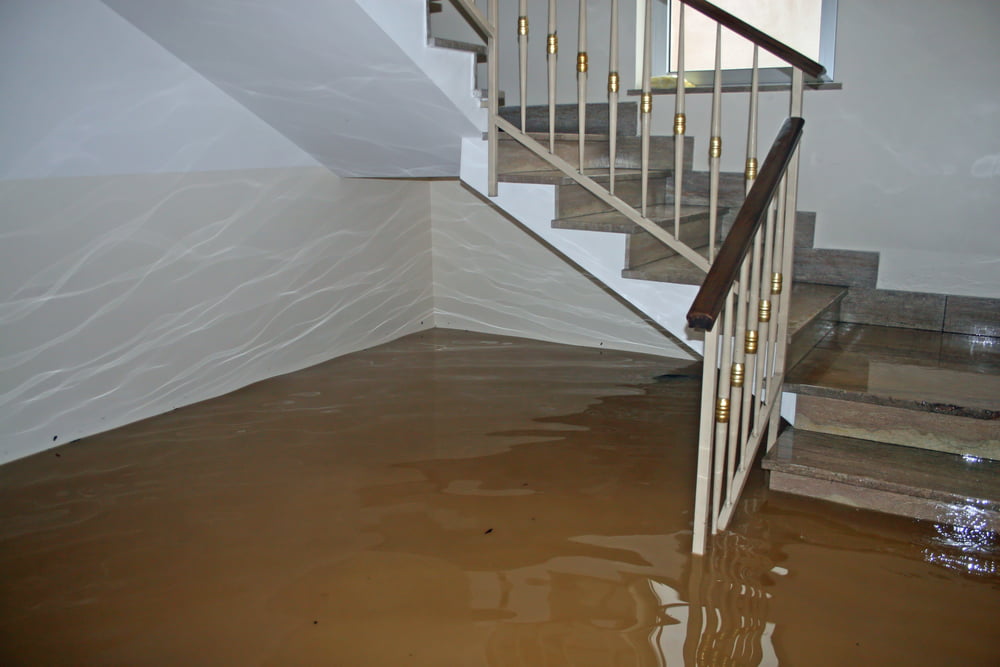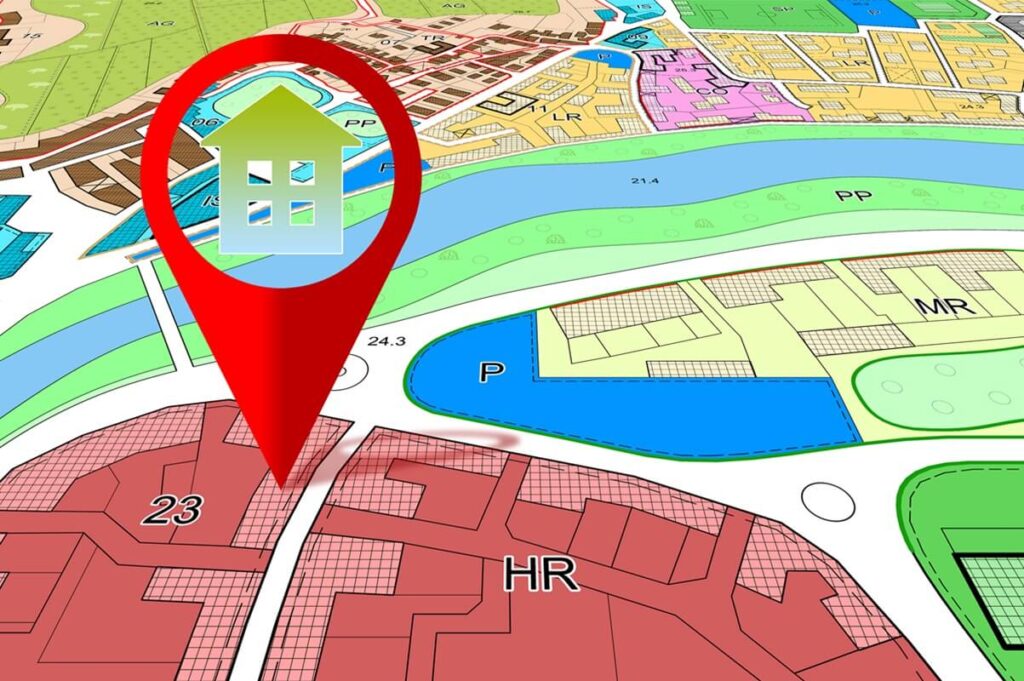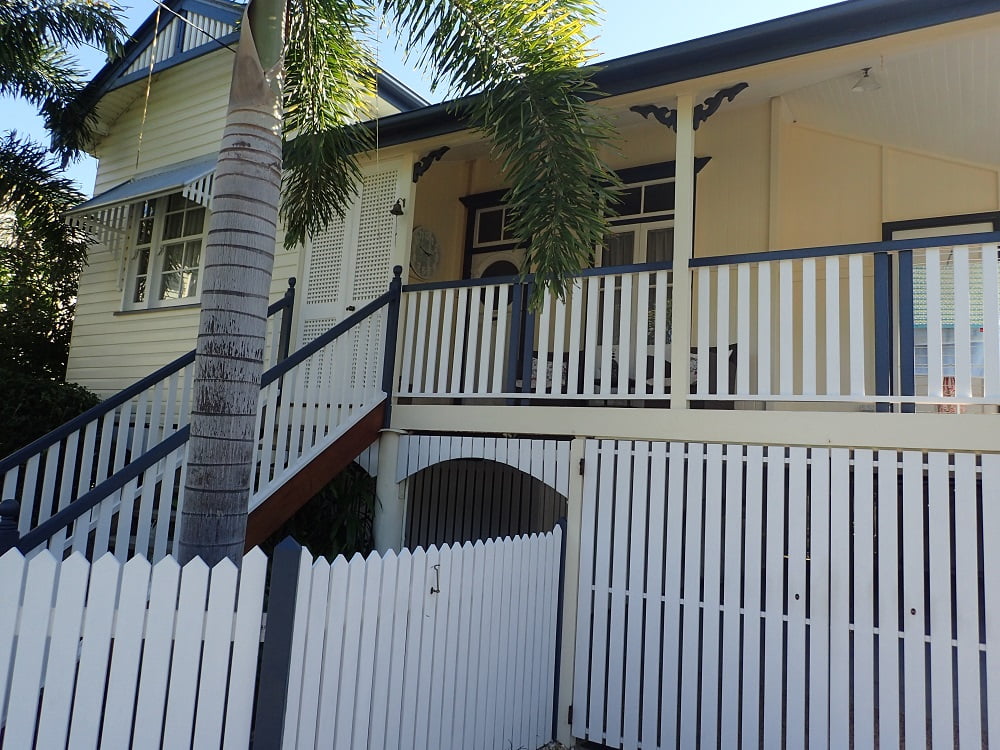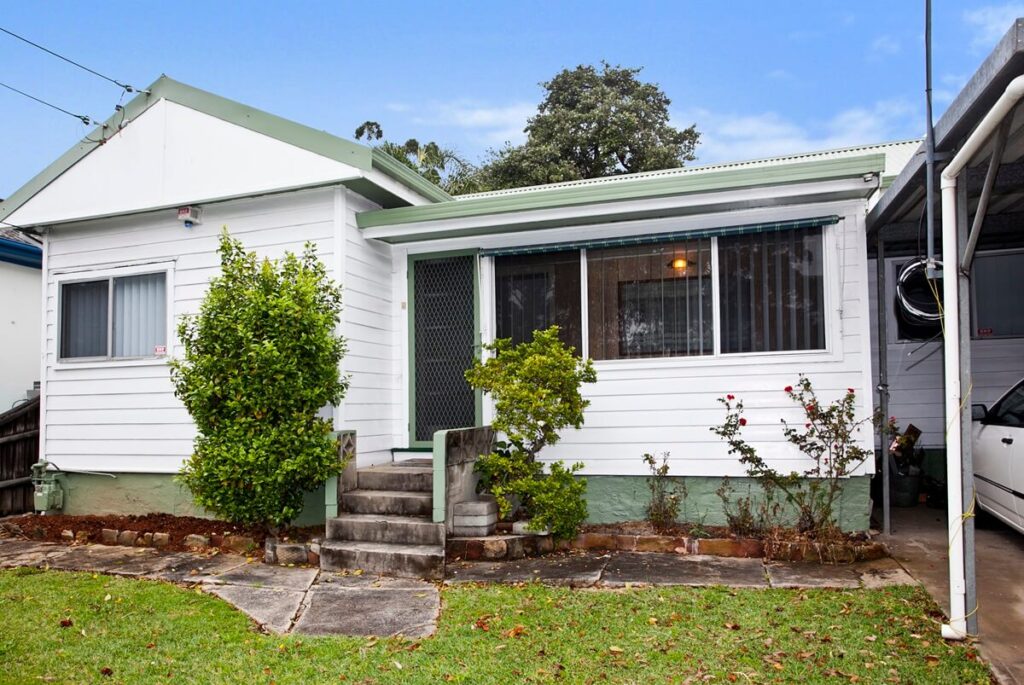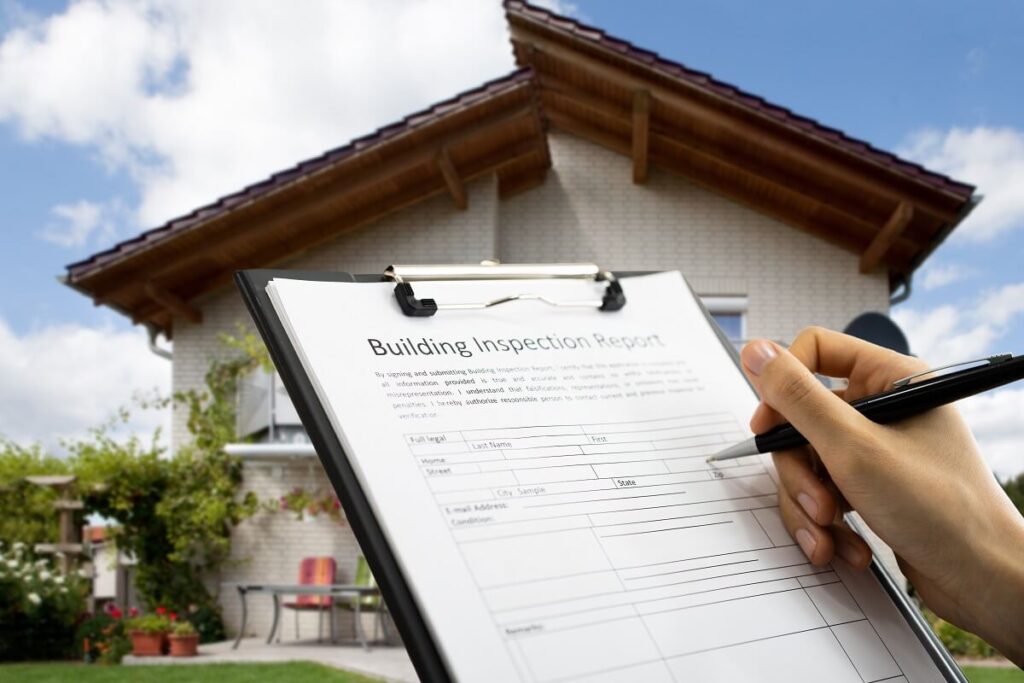Buying in the flood zone in Brisbane used to be a risk faced largely by first-home buyers. Since 2011 it feels like there are a LOT more flood zones in Brisbane. That coupled with the ongoing property shortage, buying a property in an area susceptible to flooding, is, well, the norm. So, you start searching up the area, you start looking for information about the property, and you find there’s a frustrating gap in specific information around properties considered to be within a flood zone in Brisbane. It’s annoying but it’s partly because every property floods (or doesn’t flood) differently and flood mitigation measures can protect one home on a street of dozens underwater. It’s frustrating. It’s risky. But for a lot of us, it’s unavoidable. But, if you’re taking a risk, always mitigate it as much as you can first. Here’s our hot tips.
Buying in one of the Brisbane Flood Zone Suburbs
Various locations are susceptible to flooding, and Brisbane is one such capital city that has experienced its fair share of floods in the past 100 years. If you’re looking to purchase a house in a flood zone in Brisbane, this is what you need to check and realistically contemplate when acquiring a property that has been flooded.
Check whether the property has been flooded
Many properties may be on the outskirts of a flood susceptible area, but they may not have necessarily had flood waters damage them. In order to find out the flood history of the property you wish to purchase (or have purchased), look at the flood zone maps. The flood zone maps in Brisbane have been updated since the January 2011 floods that inundated many parts of Brisbane and Ipswich.
The flood zones in Brisbane changed from 1974 to 2011 due to the change in landscape and added infrastructure to Brisbane. Some suburbs that flooded in 1974, didn’t flood quite so much in 2011. Unfortunately, there were also suburbs that hadn’t experienced flooding in 1974, but were inundated with water in 2011. It’s really important to find out the history of the property you have purchased by studying these flood zone Brisbane maps, and comparing what areas the floods affected. If your house did go under water, you need to consider how long you will stay in your property and whether you are willing to take the chance of living there through another flood.
What are the 3 types of flood?
There are 3 types of floods that can be experienced in the Brisbane area:
- Fluvial (river) floods – local rivers and creeks breach their banks and flood neighbouring land;
- Pluvial (surface and flash) flooding – surface water flooding when urban drainage systems are overwhelmed and there is a gradual rising of water into the streets and flash flooding comprising of high velocity torrents of water caused by torrential rain in a short period
- Coastal (storm surge) flooding – Inundation of seawater over land on the coastline, usually caused by intense windstorm events coinciding with high or king tides.
Not all flooding events will be covered by insurance and you should always get clarification from your insurer about what types of flooding you are covered for. With the often significant cost of repairing property damage from flooding, short cuts are sometimes taken in the recovery after flooding and a good building inspector will identify sub-standard flood repairs.
What are the consequences of flood?
The consequences are going to vary greatly depending on the circumstances surrounding the flood event including the depth, speed and duration of the flood. There are likely to be significant social and financial consequences for individuals. Even the event of a “small flood” will lead to the immediate disruption to everyday life and significant financial burden incurred in dealing with flood damage. Water damage to the home and your belongings are consequences that should not to be underestimated as they can be the cause of ongoing stress, long after the flood has subsided. There may be also physical and psychological health impacts that are lasting. If local industry is affected by severe flood then the economic affects can be devasting to individuals and communities.
Previous flood affected properties are often renovated after the flood event, however, your building inspector will be on the look out for tell-tale signs of previous flooding as water damage and mould can lead to serious health problems.
Book an independent house inspection
The majority of new house purchases are subject to a pest and building inspection before the sale becomes unconditional. If your house is known to have been in a flood or near a flood susceptible area, a thorough building inspection should be conducted as soon as possible. It’s not unusual to request an inspection before an offer on a house is made, to ensure you definitely know what you’re in for.
It’s very hard for new home owners to look for potential flood damage, if the property has been renovated. A renovated house can be a good sign that the damage caused from the floods was rectified. If the property hasn’t been renovated, there could be some underlying issues that won’t necessarily be visible to the normal eye. Moisture from the flood waters may have caused water damage and mould in walls or roof cavities. Your building inspector will know what to look for and give you a thorough building inspection report on whether the house is in good condition or requires work to make it habitable. Mould can lead to serious health problems, so it’s very important any signs of water damage or mould are rectified before you move into the property.
A building inspection will also check your house is structurally sound. One can’t assume the existing home owners had insurance to fix any damage caused by the floods. This is why a building inspection is crucial – especially for homes that have been damaged by floods or have been in an area of severe flooding.
What to consider if you successfully purchase a flood damaged home
If you purchase a flood damaged home, or a house that is on the outskirts of the flood zone area in Brisbane, it’s important to face facts and expect that the house could go under again. There are no guarantees there won’t be another flood in Brisbane. History shows us it’s a regular event every 30 or so years. Expecting the worst allows you to prepare the home, should a flood happen again in the future.
Flood insurance is a must, but do expect the insurance price to increase if the house has been flooded previously.
What damage can be caused by flooding?
In Brisbane, flooding commonly results in water damage to buildings and other structures and loss of personal belongings to water damage. One of the lasting dangers of water damage to properties is the mould growth that can result from the wet conditions hidden inside the walls, subfloor and roof cavity of the home. There can be significant financial challenges for homeowners in overcoming the destruction and loss of property, particularly if you are uninsured or your insurer deems it an uninsurable event. Your building inspector will be on the look out for fresh renovations in flood prone areas, flood “tide” marks on structures and mould as a few of the indicators of past flood damage.
Consider the built-in layout
If the house is a high set, consider getting the house raised above the water levels recorded in the area. These levels can be found on the Brisbane flood map. It’s important to discuss the height of your home with the local council to ensure the new height is approved. Once the height is approved, it’s a matter of looking at the layout design of the home and ensuring the underneath part of the house are rooms that could easily be renovated or cleaned should the flood waters rush through. You may consider having all your family living, study and kitchen upstairs. These areas have the most expensive appliances and furniture.
If the house is built in underneath, the design layout can ensure your belongings are well protected even if flood water does come through. Many Queenslander style homes in Oxley and Sherwood of Brisbane, have been raised to ensure they aren’t badly affected by flood waters again. These may be long-term considerations for your property, but they can still offer some sort of assurance if flooding concerns you.
You may choose to leave the property as it is, and face a potential flood if and when it comes again. While a flood zone area can make or break a property purchase, floods aren’t common and the chances of your property being affected by a flood are quite low.
How do you recover from flood damage?
Flood water can carry raw sewage and other pollutants which can pose a serious health risk to homeowners. Children, the elderly, pregnant women and immune-compromised individuals should not be involved in the clean up. If your property is affected by floodwater there will be a significant clean up job involved in the recovery from flood and protective gear like boots and gloves should be worn. The clean up will necessitate the removal of all water and shoveling the mud from the house, removal of any damaged property and carpet, and removing the interior wall surfaces and insulation. All surfaces and salvageable belongings will need to be cleaned, disinfected and left to dry thoroughly. It is a big job and the financial ramifications can be long lasting. If buying a home in a Brisbane flood zone it is crucial that you have a building inspection to ensure all the proper steps have been taken in the clean up of property damage from flooding and that you are not exposing yourself and your family to long term health problems.
How do floods affect the environment?
While floods can have a beneficial effect on Brisbane’s wetlands, creeks and rivers, the floods can also cause an increase in the erosion of hill slopes and river edges and the transfer of pollutants into the surrounding environment. In an urban environment, raw sewage and other pollutants can pose a health risk to individuals and animals in the environment.
Buying a home in a flood zone in Brisbane may be seen as foolish, but your building inspector should have the last word on your purchase decision. If you understand the risks, and you’re happy to do what’s needed to protect your family and belongings should the unexpected happen, what others think should have little to do with your decision.
If you require a building inspector to inspect a house in a Brisbane flood zone, Action Property Inspections are more than happy to do the inspection for you, offering their professional advice on the possible damage and the state of the property.
Where to get information when it starts to flood
If you do buy in the South East Queensland, make yourself familiar with your local council’s Disaster Dashboard which contains a lot of helpful information like which areas are currently under flood threat, where to find sandbags, what to do in the case of a flood emergency and more. In the case of a storm or flood emergency you should call State Emergency Services (SES) 132 500 or log a SES request online.
Brisbane City Council Disaster Dashboard
Ipswich City Council Disaster Dashboard
Logan City Council Disaster Dashboard

